MENU
(April 9, 2015 - edited by Ralph Kurtenbach) After serving in the Latin America Region of Reach Beyond (formerly HCJB Global) for several years, a couple has been ministering in Central Asia since 2012, working in partnership with another agency, researching practical ways to launch healthcare efforts. In both 2013 and 2014, they helped with medical caravans in a remote valley of the region. During the most recent clinic last fall, team members saw 700 patients in seven workdays, providing physical checkups, sharing the gospel with residents who have little access to healthcare or churches, and checking on a clean water project that the team completed the previous year. As with other places where this couple has served, they’ve found that God’s people are already there. In this article, the couple chronicles the history and influence of the gospel in Central Asia as well as the dangers facing those who choose to become believers.
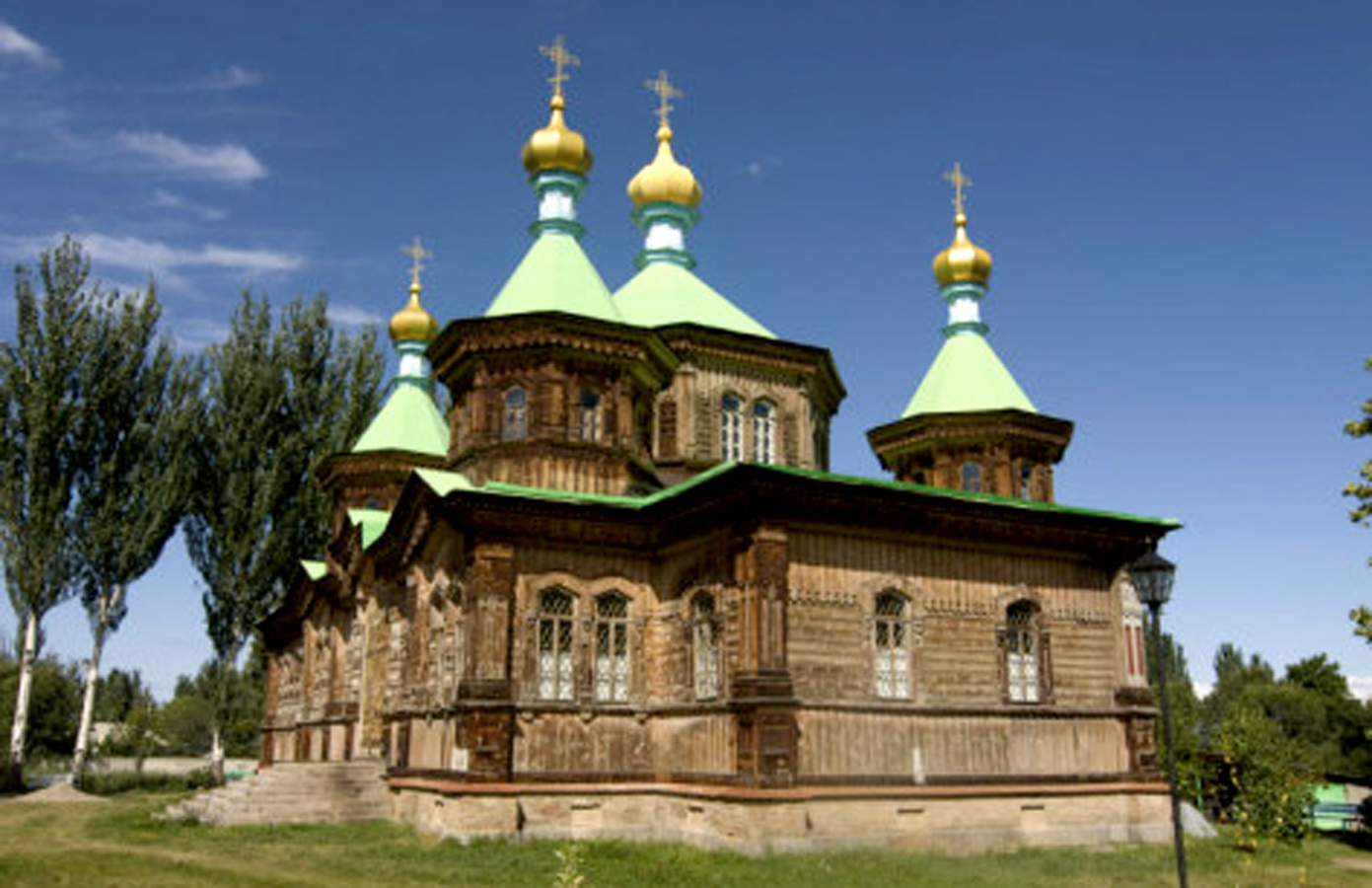 The ruins of churches and monasteries stand as a silent testimony to a centuries-old Christian tradition in Central Asia where many now consider themselves Muslims. The onion-shaped domes of Russian Orthodox cathedrals found in every Central Asian country give witness to the seeds of Christianity, now dormant but coming to life once again on the largest continent on earth.
The ruins of churches and monasteries stand as a silent testimony to a centuries-old Christian tradition in Central Asia where many now consider themselves Muslims. The onion-shaped domes of Russian Orthodox cathedrals found in every Central Asian country give witness to the seeds of Christianity, now dormant but coming to life once again on the largest continent on earth.
Central Asia’s long, rich history isn’t often discussed in Western classrooms or in Sunday school. For example, upon reading in the Bible the word “silk,” do we ever stop to think where it came from in Bible times?
The Silk Road
Arriving in the Middle East on trade caravans that traveled from what is now China by way of Central Asia, the silk passed through countries such as present-day Tajikistan and Turkmenistan. My time in the region has taught me that the Kyrgyz term, Jibek Jolu, means “Silk Road.”
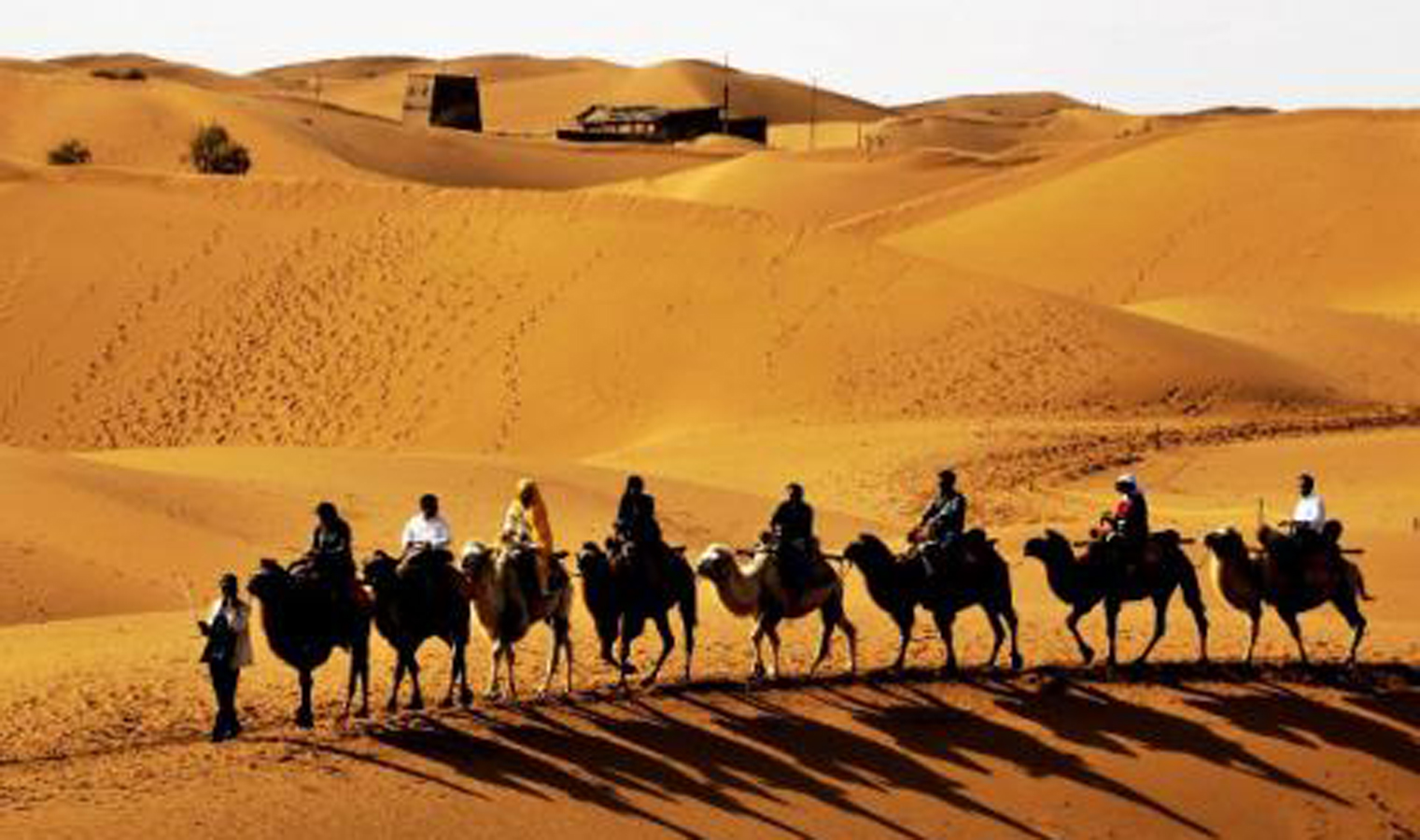 The story of the Silk Road begins around 400 B.C. His story—as I have come to call it—began at God’s creation of the world. The historically recorded account of God’s involvement in Central Asia begins in the fifth century B.C. You can read of God’s protection of His people in the Old Testament book of Esther.
The story of the Silk Road begins around 400 B.C. His story—as I have come to call it—began at God’s creation of the world. The historically recorded account of God’s involvement in Central Asia begins in the fifth century B.C. You can read of God’s protection of His people in the Old Testament book of Esther.
Some say that Chinese military leaders’ desire to buy Central Asian horses served to connect East with West. The road gets its name from the lucrative Chinese silk trade that was carried out along its entire 4,000-mile length, stretching from China to the Mediterranean Sea. At any rate, a way to the East was being prepared in time for Jesus’ birth. The early church spread throughout Asia in the years after Jesus’ death and resurrection.
One Central Asian country, Tajikistan, broke off from what is now Iran after the Persians were defeated by the Greeks. Historically, Tajikistan has manifested a strong presence of the Eastern Orthodox Church, and in fact missionaries have gone forth from there to tell the people of Eastern Siberia and China about the kingdom of God. The same era also saw the Nestorian movement at work spreading the gospel as far as Beijing and perhaps even to Japan in the fifth century A.D.
Pressures on Christianity
However, the Christian church in Asia suffered a major setback when, in the seventh and eighth centuries, the Islamic Empire spread from the Middle East and into Central Asia. Later in the Middle Ages, Genghis Kahn swept westward in the 12th century. The Black Plague began in the steppes of Central Asia in the mid-14th century and spread to Europe.
While it is estimated that the Plague wiped out a third of Europe’s population, its toll was also devastating in the heart of Asia. Some say that Christians there were particularly hard hit since so many were better educated, including medical workers who were more likely to care for the dying, exposing them to the disease.
At any rate, what had been a growing Christian movement in Asia suddenly came to a halt. When in the early 14th century Marco Polo traveled overland along the Silk Road, wrote of a people in the Far East who would make the sign of the cross before they ate their evening meal. And yet none of them could say why they did so or from where this tradition had come.
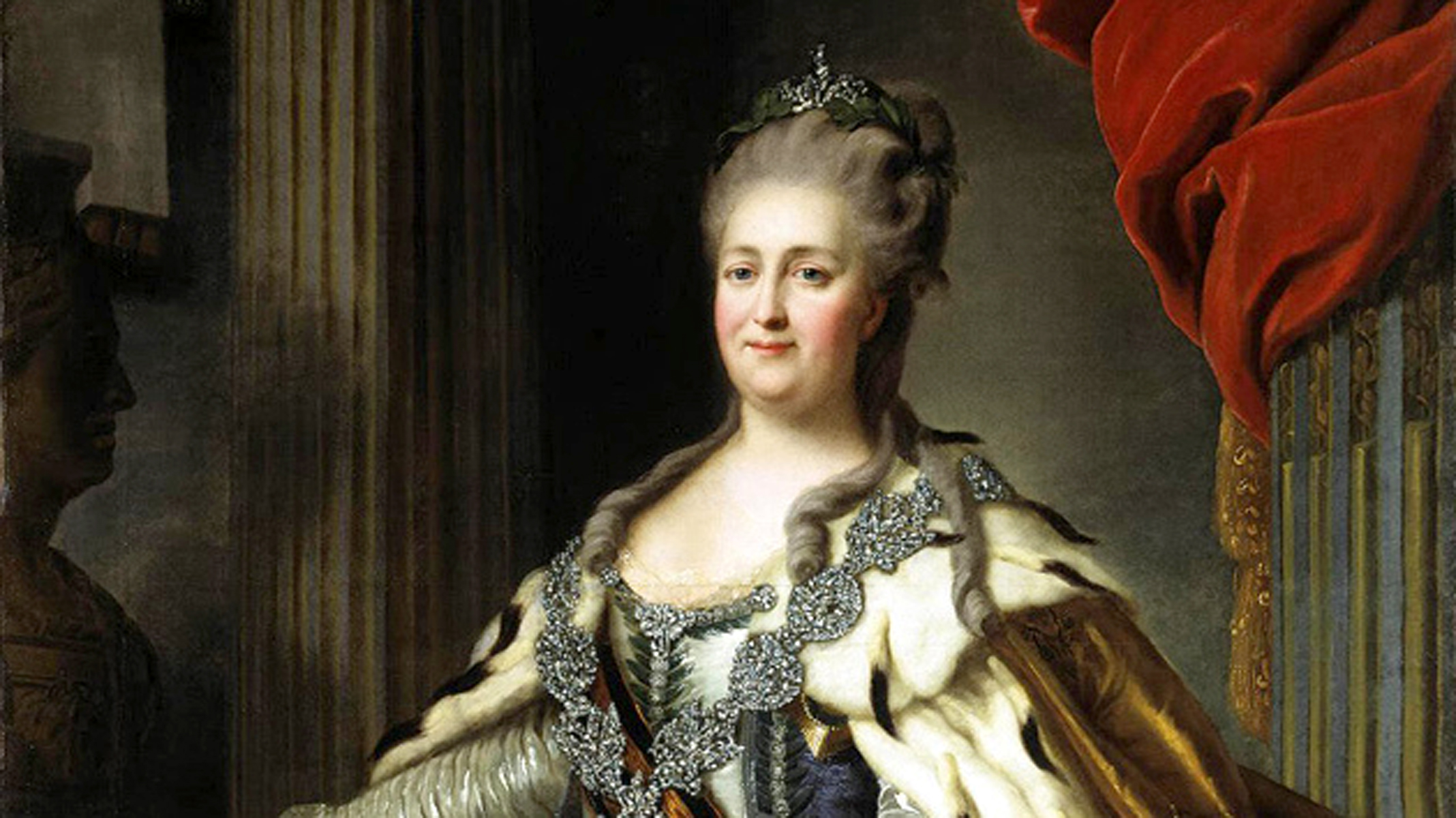 Amid all of this, I believe God had a plan for Central Asia. As Russian influence spread into this region of the world, the colonists brought the Russian Orthodox Church with them. They were instructed that they stood for the true faith—not embraced by Roman Catholics or the Reformers. In the southern border town of Kushka, Turkmenistan (facing Afghanistan), a cross marks the farthest reaches of Christendom during the period of Czar Catherine the Great who ruled in the late 18th century.
Amid all of this, I believe God had a plan for Central Asia. As Russian influence spread into this region of the world, the colonists brought the Russian Orthodox Church with them. They were instructed that they stood for the true faith—not embraced by Roman Catholics or the Reformers. In the southern border town of Kushka, Turkmenistan (facing Afghanistan), a cross marks the farthest reaches of Christendom during the period of Czar Catherine the Great who ruled in the late 18th century.
When rule by the czars was ended by the Russian Revolution in 1917, Soviet leaders sought to eliminate Christianity, an effort renewed by Nikita Khrushchev who announced that by 1980 he would show the world its last priest. Still, the Spirit of God continued to work.
We know today, for example, that at Christmas and Easter, Russian President Vladimir Putin himself participates in the mass of the Russian Orthodox Church. Furthermore, the evangelical movement is at a zenith both in Russia and in the former Soviet states of Central Asia.
Taking Risks for Christ
This is not to say that all is well, as evidenced by comments I heard at a Christian conference in Central Asia. Standing to his feet, one colleague declared that in the country where he works and ministers, someone of their group is martyred each year. He was referring only to those expatriates who were killed; many nationals in this Central Asian country also die for their faith in Christ. While we in the West talk of giving our hearts and our lives to Christ, such talk is not cheap where believers have shed their own blood.
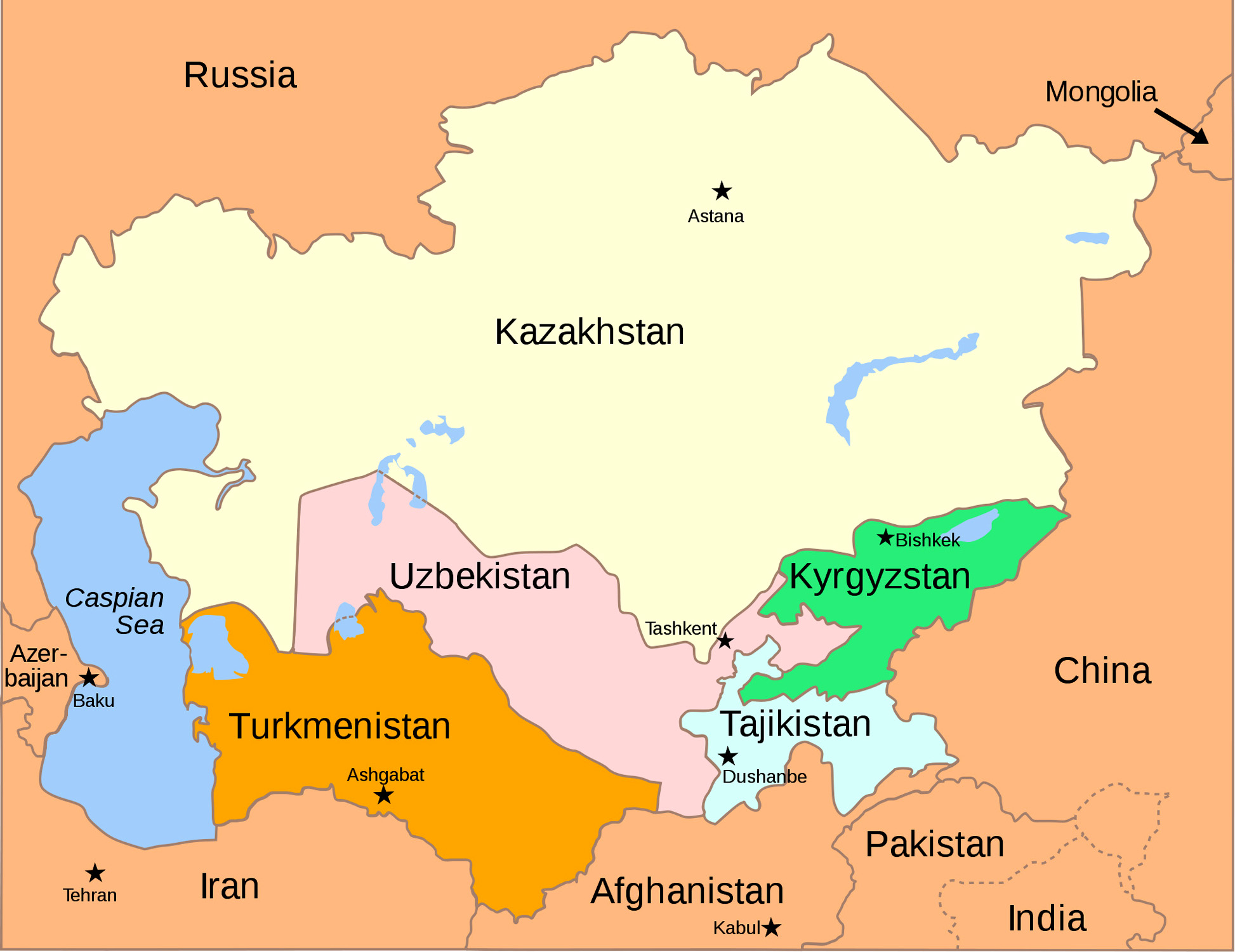 At the same conference, another man—a pastor—spoke of his time in jail under false charges. He related that in his trial, it was pointed out that one of those testifying was actually in jail at the time when he supposedly saw the pastor commit a crime. The judge convicted the pastor anyway. Another church leader told the conference he had been told by state police, “We know who you are. Any day now we will rid this country of all of you.”
At the same conference, another man—a pastor—spoke of his time in jail under false charges. He related that in his trial, it was pointed out that one of those testifying was actually in jail at the time when he supposedly saw the pastor commit a crime. The judge convicted the pastor anyway. Another church leader told the conference he had been told by state police, “We know who you are. Any day now we will rid this country of all of you.”
It’s one thing when a man chooses to commend his life into the hands of God. But what of his family? One pastor got up to speak of his daughter who came home one day from school crying. “Why are you crying?” he asked.
She answered that they had taken her picture at school and put her name on a list because she was a child of Christian parents. The girl’s classmates laughed at her and the teacher called her “Jesus.” There was not a dry eye in the audience as this man told of his life as a believer in this Central Asian country. The conference featured preaching and music in Russian with sideline conversations in ethnic languages of the region. Observation: might be a trite phrasing. We also cannot say it and mean it literally, although we can say it this way poetically.
Reaching Out to Others
One evening my heart was broken for these lands as pastors answered the question I had asked in my broken Russian about the condition of healthcare in their country. When I responded with “How can I help to bring the life that Jesus promises in a land where death is so prevalent?” their eyes revealed to me that it is not so easy for them to confide in a stranger. The risks, after all, are great in their countries and trust is a rare commodity.
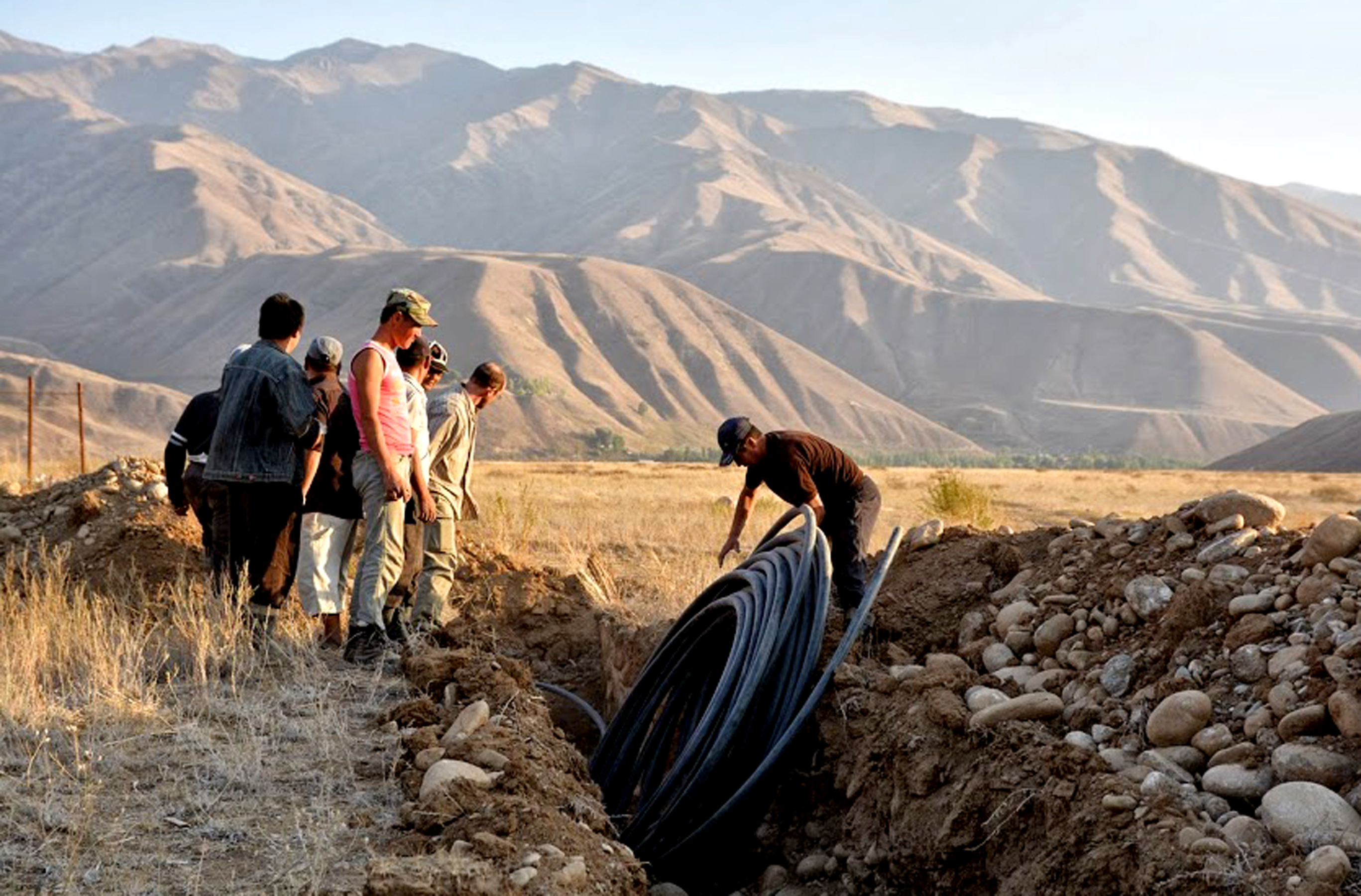 His story begins in the beginning. God created the world and it was good. But Adam and Eve thought that they had a better plan. With their sin we entered the age of the knowledge of good and evil. God could have left us there to suffer the consequences of our choices for all eternity, but He did not. He has a plan for us for good and not for evil, for a future and a hope, a hope that comes to us through the life, death and resurrection of His Son, Jesus.
His story begins in the beginning. God created the world and it was good. But Adam and Eve thought that they had a better plan. With their sin we entered the age of the knowledge of good and evil. God could have left us there to suffer the consequences of our choices for all eternity, but He did not. He has a plan for us for good and not for evil, for a future and a hope, a hope that comes to us through the life, death and resurrection of His Son, Jesus.
At the end of this present age we will once again be able to choose the good and leave the evil behind. In Central Asia the community of believers has experienced many trials and tribulations for thousands of years. Yet, God has never forgotten them.
Today, as in centuries past, we can rest in the fact that God is at work, and ours is the privilege to be His witnesses to those who do not yet know His story.
Source: Reach Beyond
 The ruins of churches and monasteries stand as a silent testimony to a centuries-old Christian tradition in Central Asia where many now consider themselves Muslims. The onion-shaped domes of Russian Orthodox cathedrals found in every Central Asian country give witness to the seeds of Christianity, now dormant but coming to life once again on the largest continent on earth.
The ruins of churches and monasteries stand as a silent testimony to a centuries-old Christian tradition in Central Asia where many now consider themselves Muslims. The onion-shaped domes of Russian Orthodox cathedrals found in every Central Asian country give witness to the seeds of Christianity, now dormant but coming to life once again on the largest continent on earth.Central Asia’s long, rich history isn’t often discussed in Western classrooms or in Sunday school. For example, upon reading in the Bible the word “silk,” do we ever stop to think where it came from in Bible times?
The Silk Road
Arriving in the Middle East on trade caravans that traveled from what is now China by way of Central Asia, the silk passed through countries such as present-day Tajikistan and Turkmenistan. My time in the region has taught me that the Kyrgyz term, Jibek Jolu, means “Silk Road.”
 The story of the Silk Road begins around 400 B.C. His story—as I have come to call it—began at God’s creation of the world. The historically recorded account of God’s involvement in Central Asia begins in the fifth century B.C. You can read of God’s protection of His people in the Old Testament book of Esther.
The story of the Silk Road begins around 400 B.C. His story—as I have come to call it—began at God’s creation of the world. The historically recorded account of God’s involvement in Central Asia begins in the fifth century B.C. You can read of God’s protection of His people in the Old Testament book of Esther.Some say that Chinese military leaders’ desire to buy Central Asian horses served to connect East with West. The road gets its name from the lucrative Chinese silk trade that was carried out along its entire 4,000-mile length, stretching from China to the Mediterranean Sea. At any rate, a way to the East was being prepared in time for Jesus’ birth. The early church spread throughout Asia in the years after Jesus’ death and resurrection.
One Central Asian country, Tajikistan, broke off from what is now Iran after the Persians were defeated by the Greeks. Historically, Tajikistan has manifested a strong presence of the Eastern Orthodox Church, and in fact missionaries have gone forth from there to tell the people of Eastern Siberia and China about the kingdom of God. The same era also saw the Nestorian movement at work spreading the gospel as far as Beijing and perhaps even to Japan in the fifth century A.D.
Pressures on Christianity
However, the Christian church in Asia suffered a major setback when, in the seventh and eighth centuries, the Islamic Empire spread from the Middle East and into Central Asia. Later in the Middle Ages, Genghis Kahn swept westward in the 12th century. The Black Plague began in the steppes of Central Asia in the mid-14th century and spread to Europe.
While it is estimated that the Plague wiped out a third of Europe’s population, its toll was also devastating in the heart of Asia. Some say that Christians there were particularly hard hit since so many were better educated, including medical workers who were more likely to care for the dying, exposing them to the disease.
At any rate, what had been a growing Christian movement in Asia suddenly came to a halt. When in the early 14th century Marco Polo traveled overland along the Silk Road, wrote of a people in the Far East who would make the sign of the cross before they ate their evening meal. And yet none of them could say why they did so or from where this tradition had come.
 Amid all of this, I believe God had a plan for Central Asia. As Russian influence spread into this region of the world, the colonists brought the Russian Orthodox Church with them. They were instructed that they stood for the true faith—not embraced by Roman Catholics or the Reformers. In the southern border town of Kushka, Turkmenistan (facing Afghanistan), a cross marks the farthest reaches of Christendom during the period of Czar Catherine the Great who ruled in the late 18th century.
Amid all of this, I believe God had a plan for Central Asia. As Russian influence spread into this region of the world, the colonists brought the Russian Orthodox Church with them. They were instructed that they stood for the true faith—not embraced by Roman Catholics or the Reformers. In the southern border town of Kushka, Turkmenistan (facing Afghanistan), a cross marks the farthest reaches of Christendom during the period of Czar Catherine the Great who ruled in the late 18th century.When rule by the czars was ended by the Russian Revolution in 1917, Soviet leaders sought to eliminate Christianity, an effort renewed by Nikita Khrushchev who announced that by 1980 he would show the world its last priest. Still, the Spirit of God continued to work.
We know today, for example, that at Christmas and Easter, Russian President Vladimir Putin himself participates in the mass of the Russian Orthodox Church. Furthermore, the evangelical movement is at a zenith both in Russia and in the former Soviet states of Central Asia.
Taking Risks for Christ
This is not to say that all is well, as evidenced by comments I heard at a Christian conference in Central Asia. Standing to his feet, one colleague declared that in the country where he works and ministers, someone of their group is martyred each year. He was referring only to those expatriates who were killed; many nationals in this Central Asian country also die for their faith in Christ. While we in the West talk of giving our hearts and our lives to Christ, such talk is not cheap where believers have shed their own blood.
 At the same conference, another man—a pastor—spoke of his time in jail under false charges. He related that in his trial, it was pointed out that one of those testifying was actually in jail at the time when he supposedly saw the pastor commit a crime. The judge convicted the pastor anyway. Another church leader told the conference he had been told by state police, “We know who you are. Any day now we will rid this country of all of you.”
At the same conference, another man—a pastor—spoke of his time in jail under false charges. He related that in his trial, it was pointed out that one of those testifying was actually in jail at the time when he supposedly saw the pastor commit a crime. The judge convicted the pastor anyway. Another church leader told the conference he had been told by state police, “We know who you are. Any day now we will rid this country of all of you.”It’s one thing when a man chooses to commend his life into the hands of God. But what of his family? One pastor got up to speak of his daughter who came home one day from school crying. “Why are you crying?” he asked.
She answered that they had taken her picture at school and put her name on a list because she was a child of Christian parents. The girl’s classmates laughed at her and the teacher called her “Jesus.” There was not a dry eye in the audience as this man told of his life as a believer in this Central Asian country. The conference featured preaching and music in Russian with sideline conversations in ethnic languages of the region. Observation: might be a trite phrasing. We also cannot say it and mean it literally, although we can say it this way poetically.
Reaching Out to Others
One evening my heart was broken for these lands as pastors answered the question I had asked in my broken Russian about the condition of healthcare in their country. When I responded with “How can I help to bring the life that Jesus promises in a land where death is so prevalent?” their eyes revealed to me that it is not so easy for them to confide in a stranger. The risks, after all, are great in their countries and trust is a rare commodity.
 His story begins in the beginning. God created the world and it was good. But Adam and Eve thought that they had a better plan. With their sin we entered the age of the knowledge of good and evil. God could have left us there to suffer the consequences of our choices for all eternity, but He did not. He has a plan for us for good and not for evil, for a future and a hope, a hope that comes to us through the life, death and resurrection of His Son, Jesus.
His story begins in the beginning. God created the world and it was good. But Adam and Eve thought that they had a better plan. With their sin we entered the age of the knowledge of good and evil. God could have left us there to suffer the consequences of our choices for all eternity, but He did not. He has a plan for us for good and not for evil, for a future and a hope, a hope that comes to us through the life, death and resurrection of His Son, Jesus.At the end of this present age we will once again be able to choose the good and leave the evil behind. In Central Asia the community of believers has experienced many trials and tribulations for thousands of years. Yet, God has never forgotten them.
Today, as in centuries past, we can rest in the fact that God is at work, and ours is the privilege to be His witnesses to those who do not yet know His story.
Source: Reach Beyond
